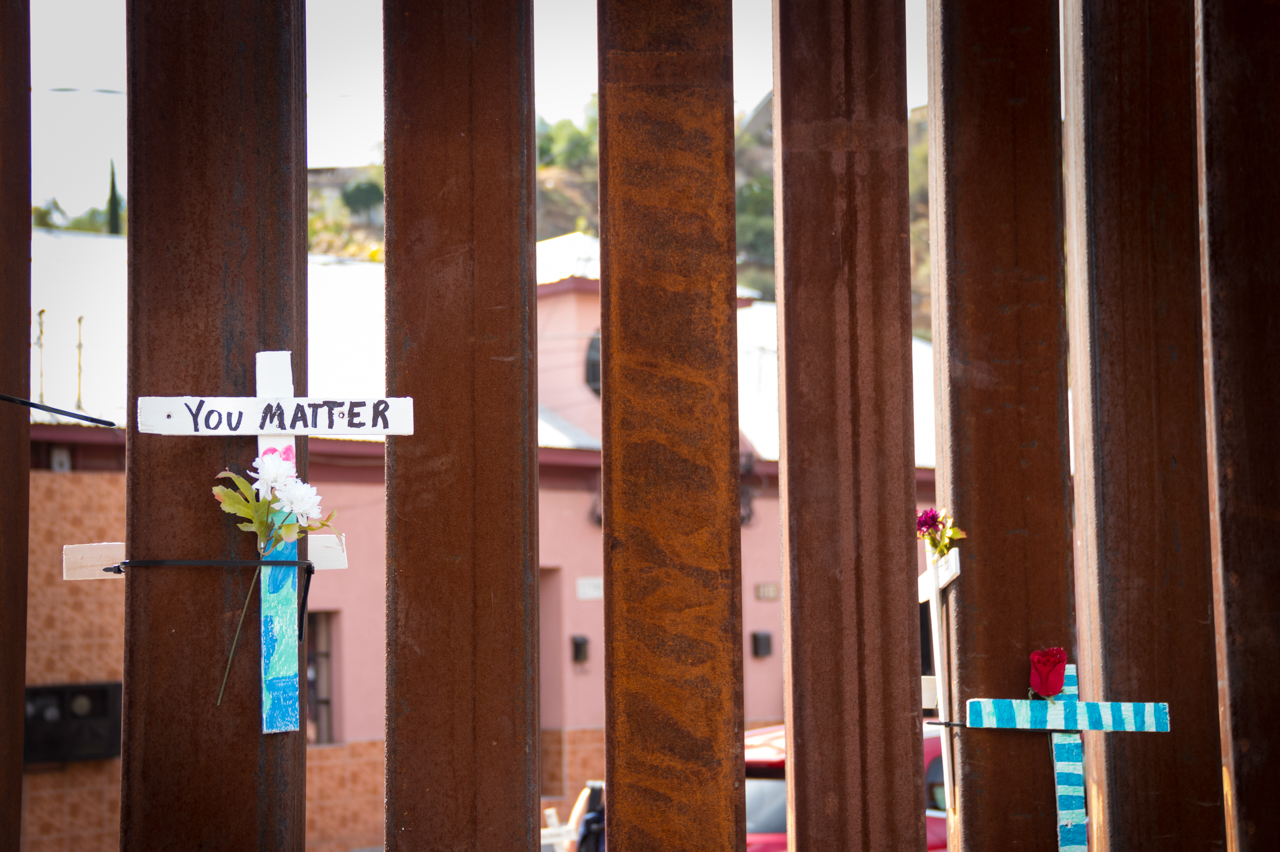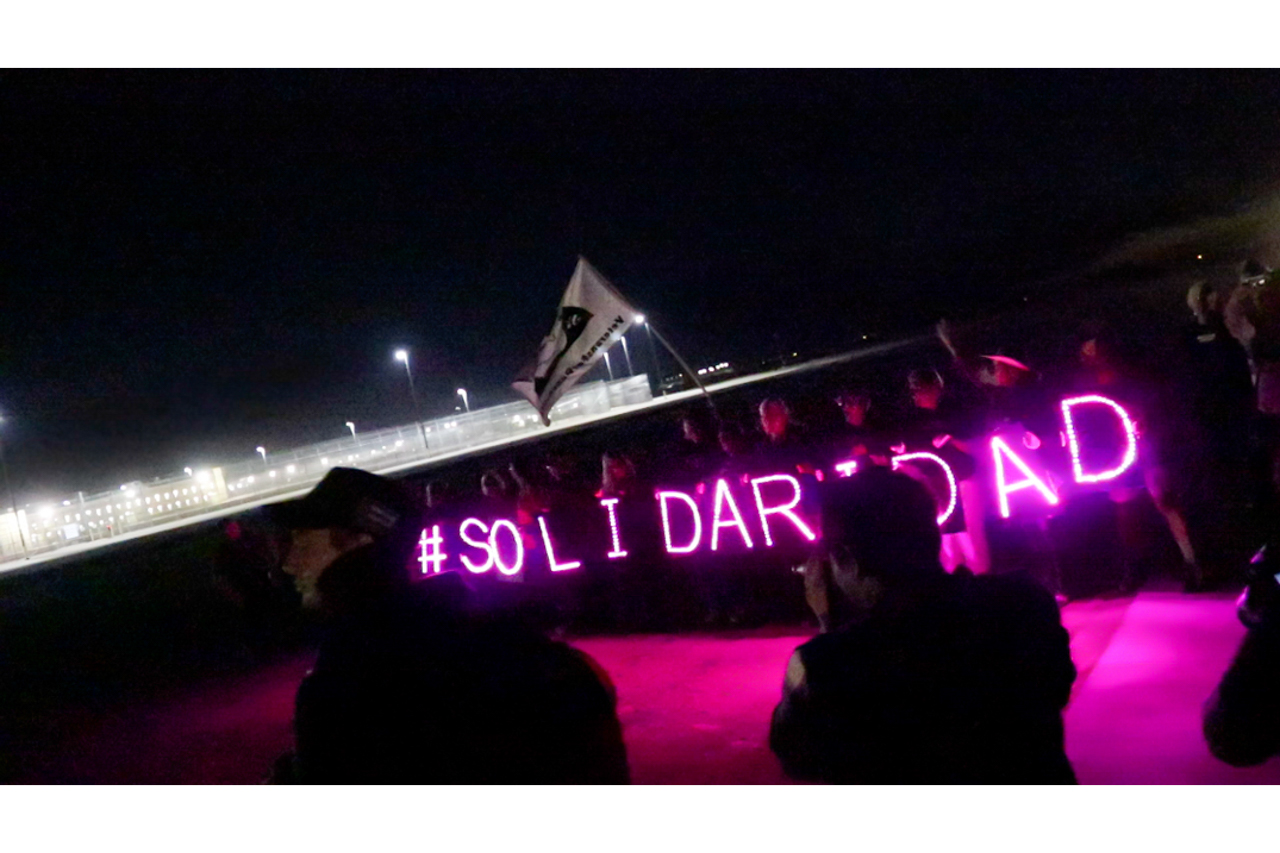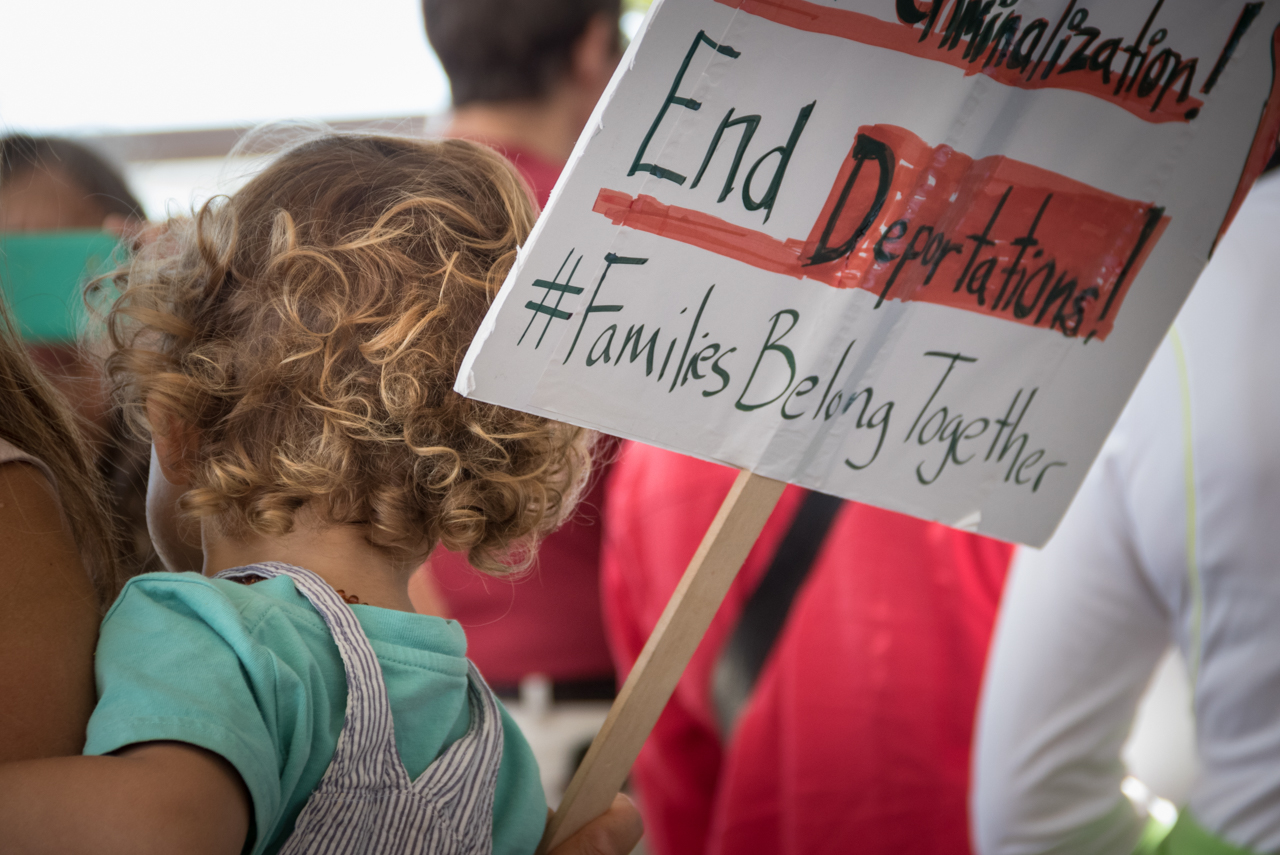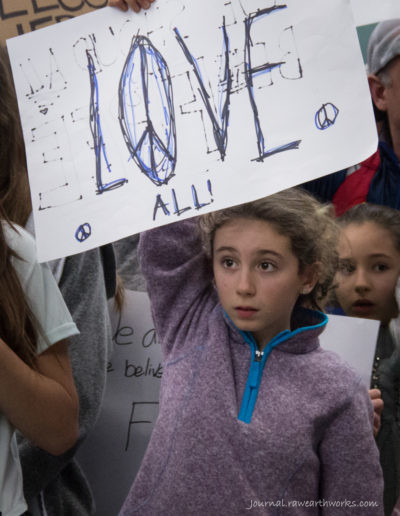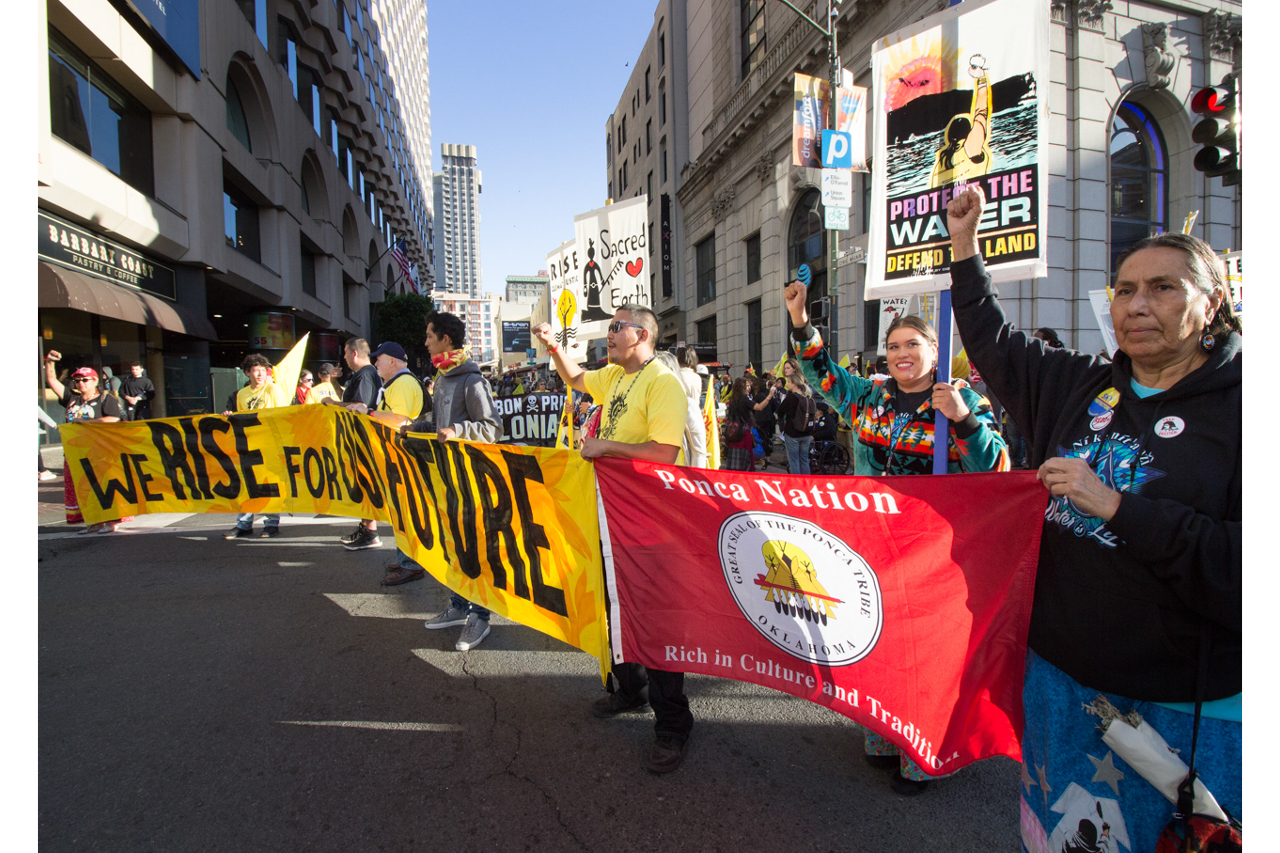Confronting Borders
Photography Exhibit at Gallery Route One
Point Reyes Station, California
November 17 – December 23, 2018
“In a line in the desert, in one’s mind, in one’s home… The Border can appear anywhere.”
– John Gibler at the Nogales border wall
Confronting Borders takes a look at some of the ways people are organizing and coming together against forces that separate them. It is a look at those rallying en masse at border walls and airports to defy borders imposed from above, and also a look at those forcing difficult conversations about racism and privilege. It is about reclaiming histories… about acknowledging historical aggressions and suffering, seeing each other’s humanity and finding ways to move forward with respect. Ultimately, it is a visual homage to the powerful human desire for expanded community and common ground in a world that seems immersed in conflict and separation.
Section 1: The Border
Border Encuentro – a project of School of the Americas Watch (SOAW)
November 10-12, 2017
Over the course of three days, thousands gathered in solidarity on both sides of the US-Mexico border in Ambos Nogales (Nogales, AZ and Nogales, Sonora) to take a hard look at the massive human costs of border militarization and US immigration policies, and to protest the long and continuing history of US intervention in the affairs of Latin America.
North of Tucson, AZ, in the Sonoran Desert, hundreds rallied outside Eloy Detention Center, a private prison incarcerating immigrants. Chants of “No estan solos” (You are not alone) filled the night.
Further north, the Interfaith Movement for Human Integrity held monthly vigils outside the West County Detention Center in Richmond, CA
Section 2: Black Lives Matter
Oakland, CA
#BlackLivesMatter was created in 2013 as a response to the killing of Trayvon Martin, a 17 year old African American teenager in Florida, and the subsequent acquittal of his murderer, George Zimmerman. From the organizers:
Black Lives Matter is an ideological and political intervention in a world where Black lives are systematically and intentionally targeted for demise. It is an affirmation of Black folks’ humanity, our contributions to this society, and our resilience in the face of deadly oppression.
Started by three women (Alicia Garza is from Oakland), Black Lives Matter has been instrumental in forcing difficult conversations about structural racism and violence, and its message has resonated with a much broader, very diverse community.
Section 3: SFO – No Muslim Ban
San Francisco International Airport (SFO) – January 28 and 29, 2017
On January 27th, 2017, seven days after his inauguration, Donald Trump signed an executive order blocking the admission to the US of all refugees and all citizens from the predominantly Muslim countries of Iran, Iraq, Syria, Yemen, Sudan, Somalia and Libya.
By January 28th, and continuing through the 29th, thousands descended on international terminals across the US. Lawyers arrived offering pro bono services to the families of travelers being detained.
Massive protests at SFO shut down two checkpoints, as loud chants of “Let Them In, Let Them In” and “No Ban, No Wall” filled the International Terminal.
Section 4: Reclaiming Indigenous History
From Tribal Chairman Valentin Lopez on San Francisco’s first Indigenous Peoples Day, October 8, 2018:
“When [Christopher Columbus] came to the New World he actually signed a contract with the king and queen of Spain. Christopher Columbus was a slave trader. And that agreement said that he would get 10% of the slave trade in the New World. 10% of the slave trade. Who has ever learned that in a textbook in elementary school or high school or college? Our history has never been told… has been denied, forgotten and erased.”
In 2016, the state of California updated its approach to teaching the history of indigenous people. Instead of focusing mainly on the missionary period of the late 1700s and 1800s, the state began introducing students to the rich 10,000 year history of the state’s original inhabitants and the diverse cultures that predate colonization. Also taught are the devastating effects of colonization on native peoples.
September 14, 2018, 5:30 a.m. – “Early Days” statue was removed from Civic Center Plaza after decades of petitioning the city of San Francisco.
October 8, 2018 – San Francisco celebrated its first Indigenous Peoples Day, which replaces Columbus Day.
“Columbus’ Last Appeal to Queen Isabella” remains in the rotunda of the California state capitol building after years of protest by Native American groups.
As important as the accurate retelling of history, is the acknowledgement of current realities. The #MMIW (Missing and Murdered Indigenous Women) movement seeks to bring awareness of the high rate of violence against indigenous women. The proximity of extractive industries to native territories often means that the associated “Man Camps” bring increased danger to indigenous women.
Section 5: Finding Common Cause
In a time of divisiveness, borders, and separation, diverse communities are coming together and finding common cause in tackling some of the biggest challenges of our time. Grassroots organizing in native, frontline and marginalized communities has been a major force in efforts to address climate change, environmental degradation and social justice issues.
September 8-14, 2018 – It Takes Roots – Solidarity to Solutions (Sol2Sol) Week.
In response to Governor Brown’s Global Climate Action Summit which championed market-based solutions to climate change, frontline and native communities created parallel events in the streets of San Francisco to share solutions that originate in, are controlled by, and sustain local communities.










